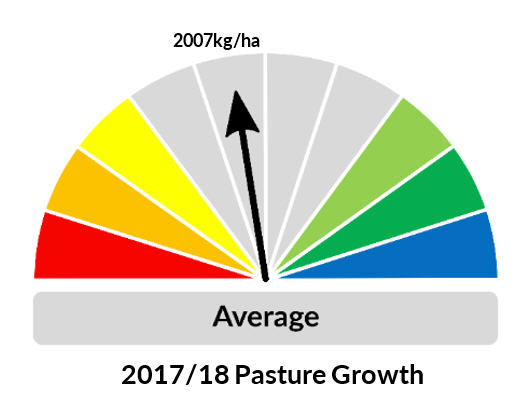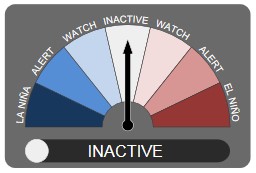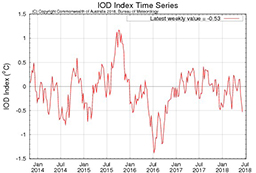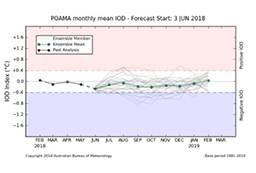Northern Territory Seasonal Outlook
June 2018; Sourced from the Australian Bureau of Meteorology
The national outlook for July to September 2018 indicates that:
- Drier than average conditions are more likely across the northern half of the NT.
- In July, drier than average conditions are more likely across the majority of the NT.
- Warmer than averagedays are more likely across the entire NT.
- Warmer than average nights are more likely across the southern two thirds of the NT.
The El Niño–Southern Oscillation and the Indian Ocean Dipole are forecast to remain neutral during winter and thus have less influence on Australia's climate.
Higher than average pressures to the south of Australia persist right through the season, resulting in weaker westerlies and fewer cold fronts from the Southern Ocean, and may affect rainfall over central Australia’s winter period.
Chance of exceeding the median max. temp. July to September 2018 (left), Chance of exceeding the median rainfall July to September 2018 (right)
Darwin district
In a typical wet season, pasture growth in the Darwin region tends to be limited by available soil nitrogen rather than soil moisture. Therefore a poor wet season may not generally affect the total quantity of pasture grown on upland country.
- After a good start to the 2017/18 wet season, pasture growth is now similar to last season and to the long-term median
- 50% of the district has been burnt since 1 July 2017 (33% of this since 1 January 2018)
- 77% of the district had a high fire risk as at 1 June 2018
Seasonal Indicators | Comments (sourced from the Australian Bureau of Meteorology) | |
|---|---|---|
El Niño Southern Oscillation (ENSO) Current outlook: Neutral ENSO status:
| El Niño–Southern Oscillation neutral, but tropical Pacific Ocean warming ENSO remains neutral—neither El Niño nor La Niña. Climate model consensus indicates that ENSO will continue in a neutral phase for at least the southern hemisphere winter. However, sea surface temperatures in the eastern equatorial Pacific Ocean are now warmer than average, but remain well within the neutral range. Most climate models indicate some further warming of the tropical Pacific Ocean is likely in the coming months. Some models are predicting close to average, but three of the eight models reach El Niño levels during spring. During El Niño, rainfall in eastern Australian is typically below average during winter and spring. A neutral ENSO phase has little effect on Australian climate. | 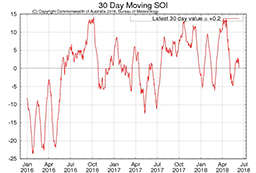 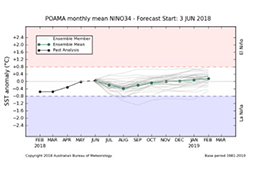 |
Indian Ocean Dipole (IOD) www.bom.gov.au/climate/enso/#tabs=Indian-Ocean Current outlook: Neutral | IOD currently neutral IOD remains neutral. All six international climate models suggest it is likely to remain neutral until at least the southern hemisphere spring. When IOD is neutral, there is little change to Australia's climate. If negative, the warmer than average sea surface temperatures can provide more moisture for frontal systems and lows crossing Australia. |
|
Give feedback about this page.
Share this page:
URL copied!

